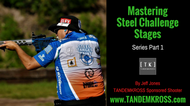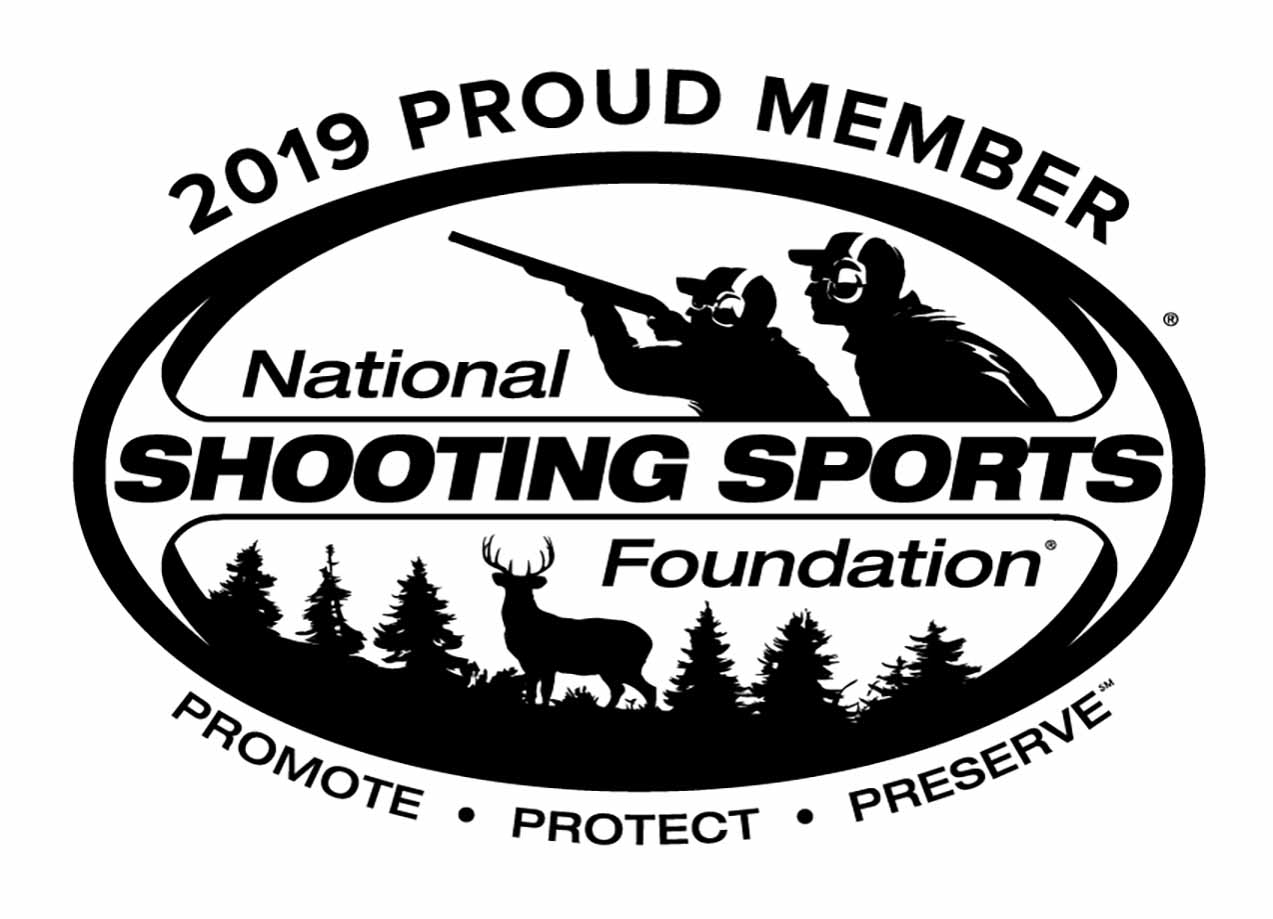How Traveling to Steel Challenge Matches Can Improve Your Shooting
Posted by Jeff Jones on 30th Apr 2018
We all have that friend who crushes it at the local match, and when they go to their first big match, things don’t go so well for them. That friend might be the person you see when you look in the mirror. I know for me that was the case.
Early in my shooting career, I asked a fellow USPSA shooter, “How do I get better?” After telling me to practice, he also said, “Shoot as many matches as you can, at as many different ranges as you can.” I understood the practice, but asked him why the different ranges? He said it was important because each range is different, with different stage builders, props, berms and orientations. By shooting as many as you can, you aren’t surprised when you see it again. This holds true for Steel Challenge as well.
Preparing for Lighting Conditions
When shooting Steel Challenge, the orientation of the stage in the bay makes a difference with regards to the direction of the sun. Some bays run east-west, others north-south and others have a mix of all directions. Based on the orientation of the bay to the sun, some targets may have more glare, or even be completely bathed in sunlight (oh joy!). This also may be true in the morning, but not in the afternoon (oh joy!). There may be a tree at the range and suddenly when it’s your turn to shoot, that tree is casting a shadow on the 4th plate of 5 To Go (oh joy!).
My home range has outdoor covered bays with some openings for ventilation, sun isn’t generally a problem, but lighting and shadows is (oh joy!). This is why I recommend a site picture on every plate during your “make ready” process. Know what you are going to see on that plate before you shoot it for score.
During my first year shooting competitively, I only shot local matches in our covered bays. My first outdoor match I had a rude awakening. There I was, ready to crush Accelerator... “Are you ready, Stand by”...beep! My first two shots were quick, I transitioned to the large plate in the back and then it happened - I lost my dot! The sun was so bright on the plate I couldn’t see it, which was something I’d never experienced at my home range.
Preparing for Differing Stage Positions
The position of the stage in the bay can also be disorienting. Shooting Roundabout (max plate distance is 15 yds) in a 35 yd bay where the plates are closer to up range than down range is a challenge. There is very little contrast behind the plate, and while the back plates are still only 15 yards away, they seem farther because of the distance to the berm. At our range, the stages are set up exactly as they should be, however, being in a covered bay gives a feeling of confinement. We don’t have the issue of the sun, but when we have our night shoots, there can be shadows because of the overhead LED lighting. I’ve been to an outdoor range where the shooters box was in a replica western store. All of the guns were louder, and the open guns with poppel holes were deafening. This is just another case of being in a different shooting environment and having to work through it. Speaking of shooting environments, let’s talk cold and rain.
Preparing for Weather Conditions
There’s a great story of Tiger Woods practicing in the rain. He was asked why he was practicing when all his friends were partying. He responded with something like “someday I’ll be at a match and the rain will start, I want to be ready”. If you go to a major match and it’s raining, guess what, you’re shooting anyway. I’ve shot Outer Limits where the middle box had an inch of water in it (oh joy!). This year I shot a match in Georgia where it was less than 40 degrees for the first and last shots on each day (oh joy!). So why do all of this? Why travel to ranges, shoot in the cold, the rain, the heat?
The answer: to be prepared.
If you’ve been reading my blogs, I wrote on “Knowing your equipment” and “How do I get better”. Both of these have a theme of preparation. Knowing your equipment prepares you for managing issues at the range with your gun. How to get better prepares you for learning how to shoot faster. This article is no different. By shooting different ranges you are preparing for conditions you might not normally see. Working through different range conditions at a level I match is less stressful than at a level II or III match. Once you’ve worked through them, when you see them at a level II or III match, they won’t matter, and you can focus on going fast. The goal is to turn all of the “Oh Joy!” situations into “No biggie, I got this” situations.Jeff Jones is a 3-way GM in Steel Challenge and 2017 Florida State Champion in RFPO. He easy to find, look for the black safari hat with the Steel Challenge logo on the back and the TK logo on the front. He’s always happy to talk about shooting and TANDEMKROSS. If you see him at a match, stop over, introduce yourself and ask him your questions.





